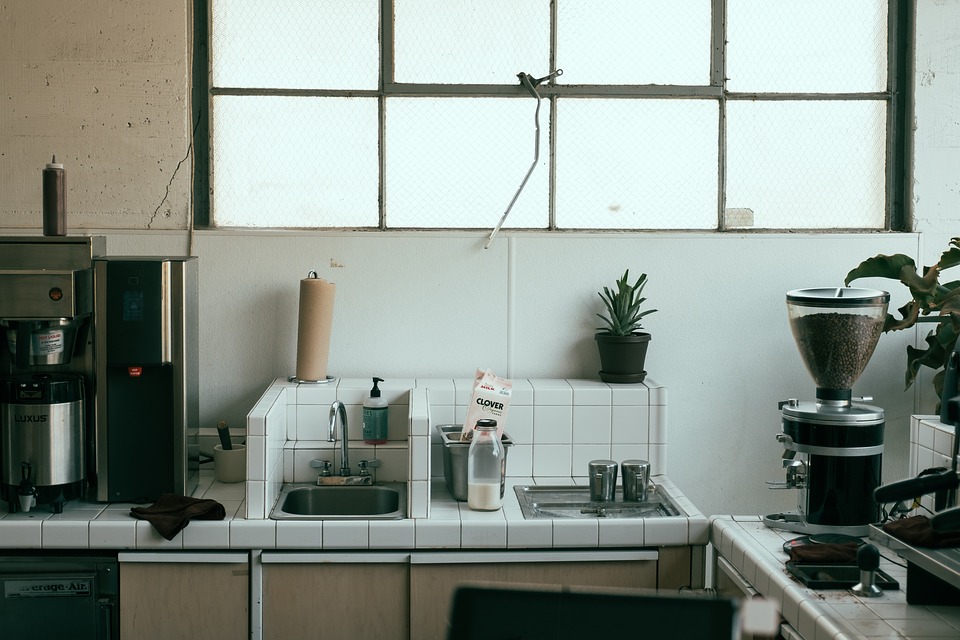When you have lost a loved one, the pain, the vulnerability and the sorrow you feel at that time are overwhelming and indescribable. As a result, planning the funeral becomes a real struggle. The planning process itself already carries a sense of defeat and evokes a deep dark hole in the heart. Therefore, when you are looking for funeral homes, it’s easy to feel dazed and lose yourself only to make the mistake of choosing the wrong funeral home and end up overspending for substandard funeral and cremation services. While funeral directors will always try to make the process as simple and as comfortable as possible, it helps to know how to choose a funeral home without overpaying for funeral services.
Know How You Want To Say Goodbye:
To kick-start funeral planning, it is imperative that you know how you want to say your final goodbyes. Did your loved one have a plan for the funeral? If so, this will make things easier. There are various funeral and burial options available. Knowing what you want will help you express your wishes and give the deceased one last peaceful send-off. So, do you want a celebration of life or a day or mourning? Some of the options provided by funeral homes include:
- Traditional funerals
- Cremation
- A celebration of life funeral
- Green or buried under a tree funeral
Funeral Costs:
When dealing with the loss of a loved one, it’s hard to be an excellent shopper. However, knowing the cost of funeral services before you start looking for a funeral home is a great strategy to save money – especially, since there is extreme price disparity between different funeral homes. Sometimes, even in the same region, the price difference can be thousands of dollars. To help cover the cost — at what is often an emotionally challenging time — plan ahead and shop around to make the process as affordable and stress-free as possible.
Choosing A Funeral Home:
When you know how much you can expect to spend on funeral and cremation services, it’s time to pick a funeral home. Often, people who choose big-box funeral homes think that they will get excellent services, but they could end up disappointed. You’ll want to do your homework before you choose to get your feet wet. After all, amid the tears, you want to work with someone who is friendly, sympathetic and considerate. Always opt for an experienced funeral home that will strive to go above and beyond when making the necessary arrangements for the celebration of the unique life of a loved one.
In most cases, people rarely think about funerals. As a consequence, when they lose a loved one, not only do they have to deal with grief but also have to make funeral arrangements for the first time. Besides, funerals aren’t events that one can get used to. Even when the funeral is a celebration of life, things can get tough, and people can easily get caught up in the emotional upheaval of losing a loved one. So, pick a well-reputed funeral home to not only lighten the burden but also prevent you from scrambling.
Read Also:






















